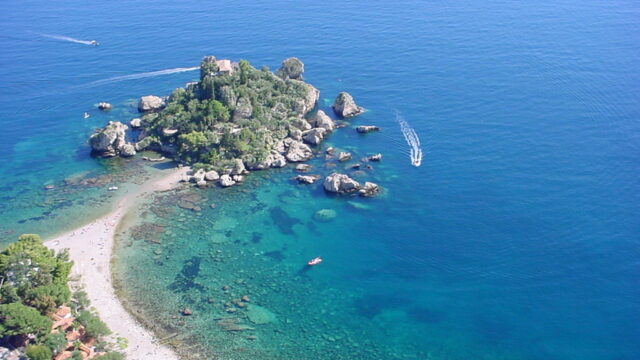Our Readers’ Choice Awards 2024 Winners!
The results are in!
 Lifestyle Guide To Moving To & Living in Singapore - Expat Living
Lifestyle Guide To Moving To & Living in Singapore - Expat Living
Moving to Singapore and not sure where to start? Expat Living is the essential lifestyle guide to living in Singapore.

He may be our colleague and Group Editor at Expat Living, but we give top marks to Shamus’s book about a tumultuous honeymoon in Sicily
The results are in!
Surely one of these is on your travel bucket list!
We review a property in the heart of Wan Chai!
A hotel location with a difference can make for a nice change!
Getting there, what the waves are like, and other tips
When to go, what to see, and what you need to sort out before your trip!
When to go, places to see and everything you need for planning a great trip!
Our editor puts this haven for professionals – and leisure travellers – to the test!
Take a trip to Singapore’s closest neighbour and see some of its 800 islands!
‘Tis the season to staycation!
Singapore’s newest experience!
Eat, sleep and play golf in paradise!
What do you get when you combine a world-class ski resort with the coolest members club in Asia?
Discover amazing nature and scenery – and, no, it’s not in Sapa!
Make the most of living in this amazing part of the world!
Do something different this holiday season!
It’s located in the heart of downtown Hanoi!
With 7,107 islands to explore there’s plenty to do in the Philippines – here are some to get you started!
Plus monks, rivers, rituals and temples!
When to go, how to speak the lingo, what you need to know before you go – it’s all here in our mini-guide!